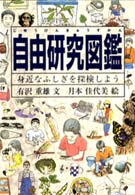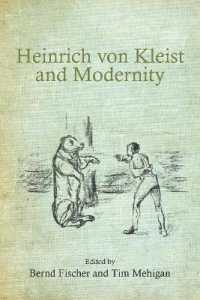Full Description
Shaped by his childhood experiences in Japan and his study of Mono-ha, Ha Chong-hyun's career underscores the twin developments of modern Japanese and Korean art
Korean artist Ha Chong-hyun (born 1935) has had a deep and enduring relationship with Japan, from his early years in Kansai to his first solo exhibition in Tokyo, introduced by his longstanding colleague Lee Ufan. His engagement with the Japanese avant-garde—particularly Mono-ha—shaped his early practice before he transitioned into the monochrome paintings that defined his role in Dansaekhwa. Featuring new essays alongside critical writings from past exhibition catalogs, this volume examines Ha's exhibitions at Muramatsu, Kamakura and other key Japanese galleries, as well as his lasting friendships with figures such as Lee and Nobuo Sekine. Archival materials, rare photographs and documentation from Japanese museum collections further illuminate Ha's impact and presence in Japan from the 1970s to the 2000s. More than a study of one artist, this book reveals the cross-cultural currents that connected Korean and Japanese modern art.








